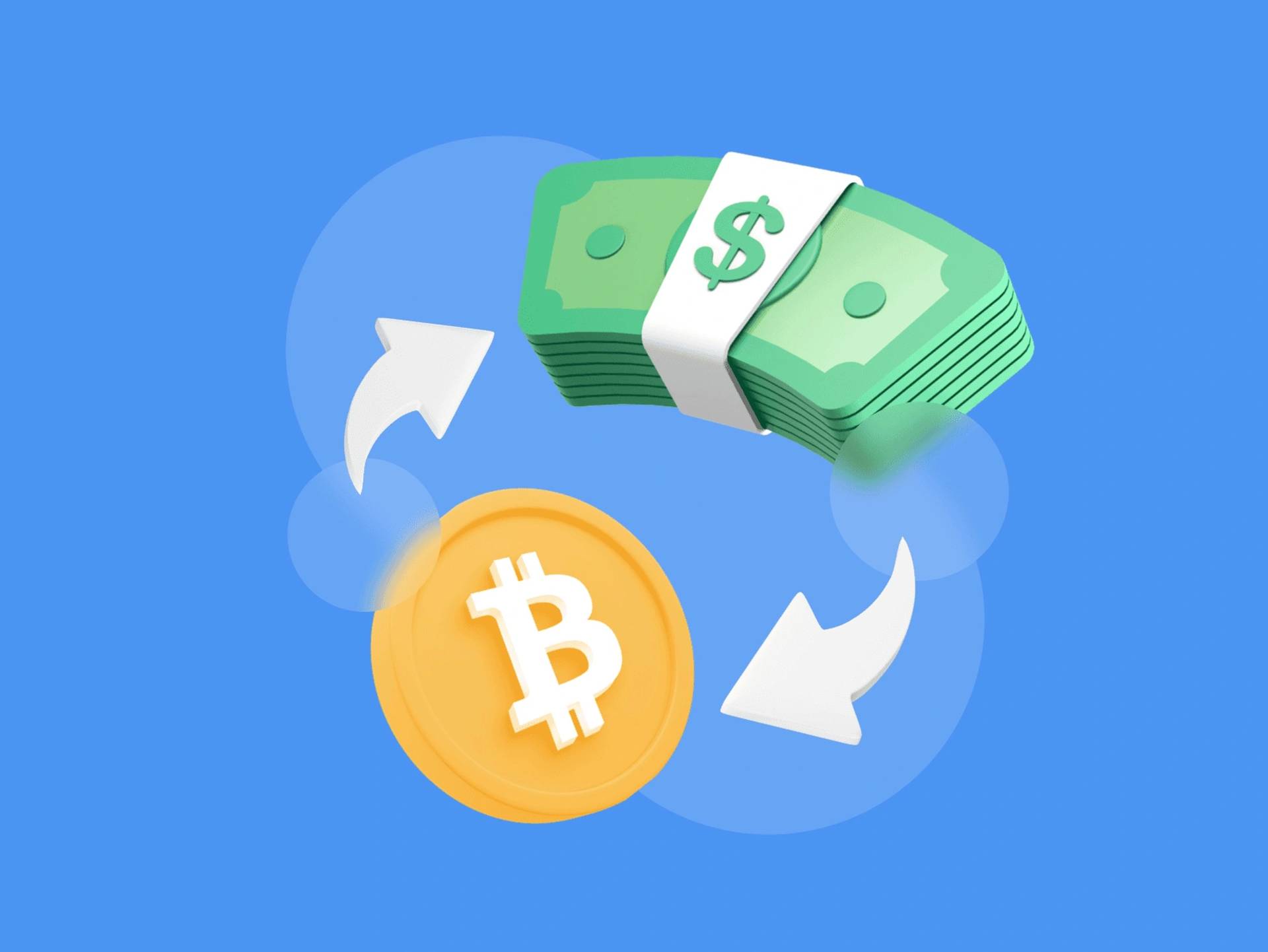위키 구독하기
Share wiki
Bookmark
Fiat Money
에이전트 토큰화 플랫폼 (ATP):에이전트 개발 키트(ADK)로 자율 에이전트 구축
Fiat Money
법정화폐 또는 법정통화는 금이나 은과 같은 실물 상품이 아닌, 발행 정부에 의해 뒷받침되는 정부 발행 통화입니다. 시장이 아닌 법령에 의해 화폐로 선언됩니다.[1][2]
역사
-
고대 중국 (7세기-11세기): 법정화폐의 가장 초기 기록은 당나라 시대 중국으로 거슬러 올라갑니다. 중국 정부는 교자(jiaozi)라는 종이 화폐를 발행했는데, 이는 금이나 은과 같은 상품으로 뒷받침되지 않았지만 정부 법령에 따라 법정 통화로 인정되었습니다.
-
몽골 제국 (13세기): 몽골 제국은 쿠빌라이 칸(Kublai Khan) 치하에서 "조(chao)"라고 불리는 가장 잘 알려진 초기 법정화폐 중 하나를 도입했습니다. 이 법정통화는 처음에는 은으로 뒷받침되었지만, 나중에는 귀금속과의 연계가 끊어지면서 완전한 법정화폐가 되었습니다.
-
중세 유럽 (14세기): 중세 시대에 일부 유럽 도시와 지역에서는 약속어음과 환어음을 법정화폐의 형태로 실험하기 시작했습니다. 이러한 초기 어음은 본질적으로 특정 금액의 귀금속을 지불하겠다는 약속이었지만 초기 형태의 종이 화폐로 기능했습니다.
-
잉글랜드 은행 (17세기): 1694년에 설립된 잉글랜드 은행은 처음에는 일정량의 금이나 은으로 전환 가능한 지폐를 발행했습니다. 시간이 지남에 따라 이러한 지폐는 법정화폐의 형태로 널리 받아들여졌습니다.
-
미국 독립 전쟁 (18세기): 미국 식민지는 미국 독립 전쟁 중에 자체 법정화폐를 발행했습니다. 이러한 "대륙 화폐(continentals)"는 어떤 실물 자산으로도 뒷받침되지 않았으며 심각한 인플레이션을 겪었습니다.
-
나폴레옹의 프랑스 (19세기): 나폴레옹 정부는 18세기 후반에 법정화폐의 형태로 "아시냐(assignat)"를 발행했습니다. 자산으로 뒷받침되지 않은 이 어음은 프랑스 금융 위기에 일정 부분 기여했습니다.
-
금본위제 (19세기): 19세기에 많은 국가들은 금본위제를 채택했는데, 이는 그들의 종이 화폐가 일정량의 금으로 직접 전환될 수 있음을 의미합니다. 이는 화폐 공급이 금의 가용성에 묶여 있었기 때문에 법정화폐에 안정성을 제공했습니다.
-
브레튼우즈 협정 (1944): 2차 세계 대전 후 브레튼우즈 협정은 금으로 전환 가능한 세계 주요 준비 통화인 미국 달러를 기반으로 한 고정 환율제를 수립했습니다. 다른 주요 통화는 달러에 고정되었습니다.
-
금본위제의 종식 (1971): 1971년 리처드 닉슨(Richard Nixon) 대통령은 미국 달러의 금 전환성을 종식시켜 브레튼우즈 체제를 사실상 종식시켰습니다. 이는 전 세계적으로 완전한 법정화폐로의 중요한 전환을 의미했습니다.
-
디지털 시대 (20세기 후반): 20세기 후반에는 법정화폐의 디지털 형태가 널리 채택되었습니다. 대부분의 거래가 전자화되었고, 실물 현금의 상대적 중요성은 감소했습니다.
오늘날 거의 모든 국가 통화는 실물 자산으로 뒷받침되지 않는 법정통화입니다. 중앙은행은 이러한 통화의 공급과 가치를 통제하며, 통화 정책 도구를 사용하여 경제를 관리합니다.[2][5]
개요
법정화폐는 내재적 가치가 없고 정부 규제에 의해 법정 통화로 설정된 통화입니다. 그 가치는 발행 정부의 신용도에 기반하며, 발행자에 대한 대중의 신뢰를 통해 주로 가치를 얻습니다. 미국 달러와 유로는 법정통화 또는 기존 통화의 예입니다. 법정화폐는 인플레이션의 영향을 받으며 정부는 언제든지 더 많은 법정화폐를 인쇄할 수 있으며, 이는 통화 가치를 하락시킬 수 있습니다. 오늘날 "법정통화"라는 용어는 일반적인 화폐와 암호화폐를 구분하는 데 일반적으로 사용됩니다. [4][3][2]
잘못된 내용이 있나요?
